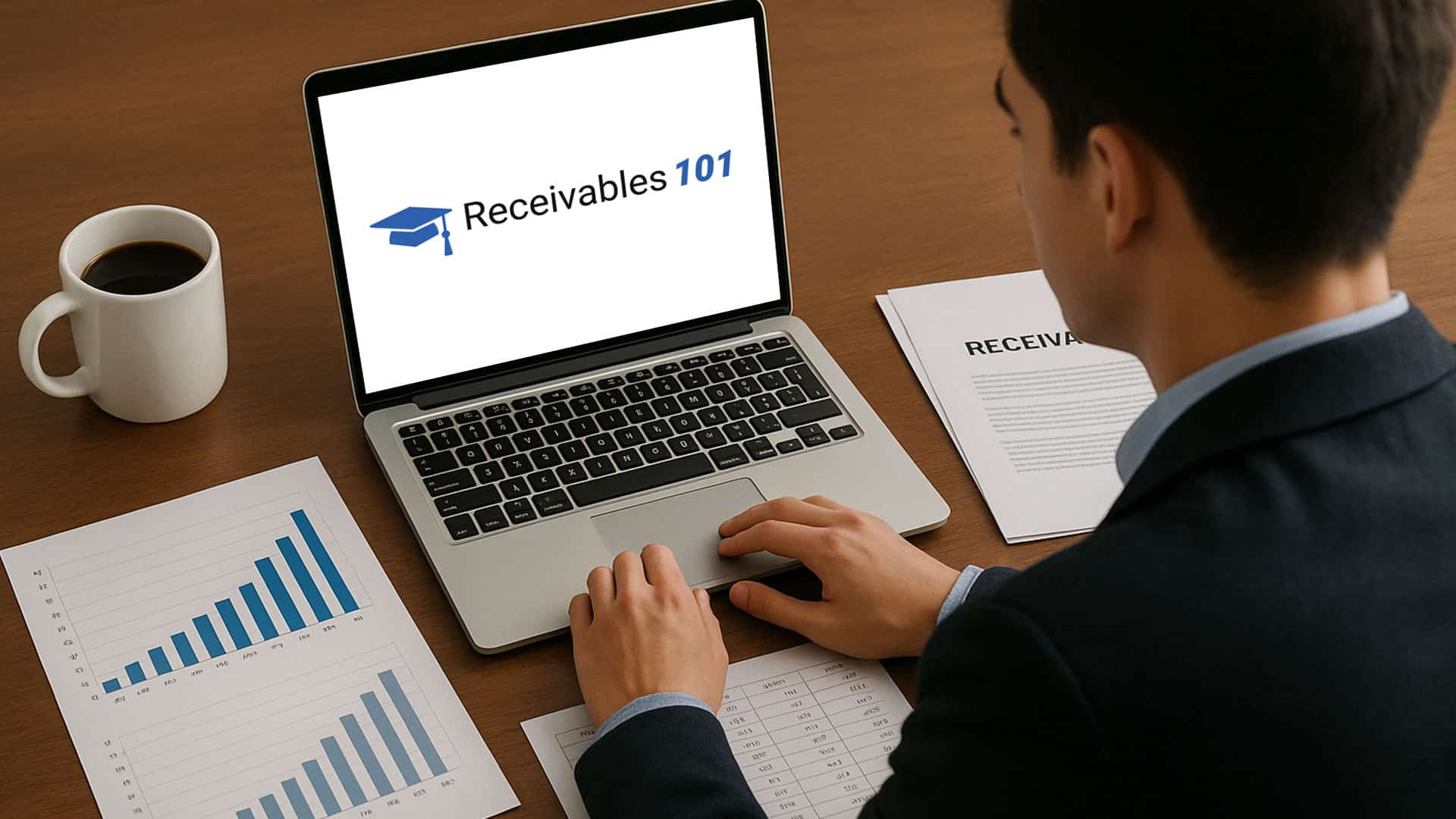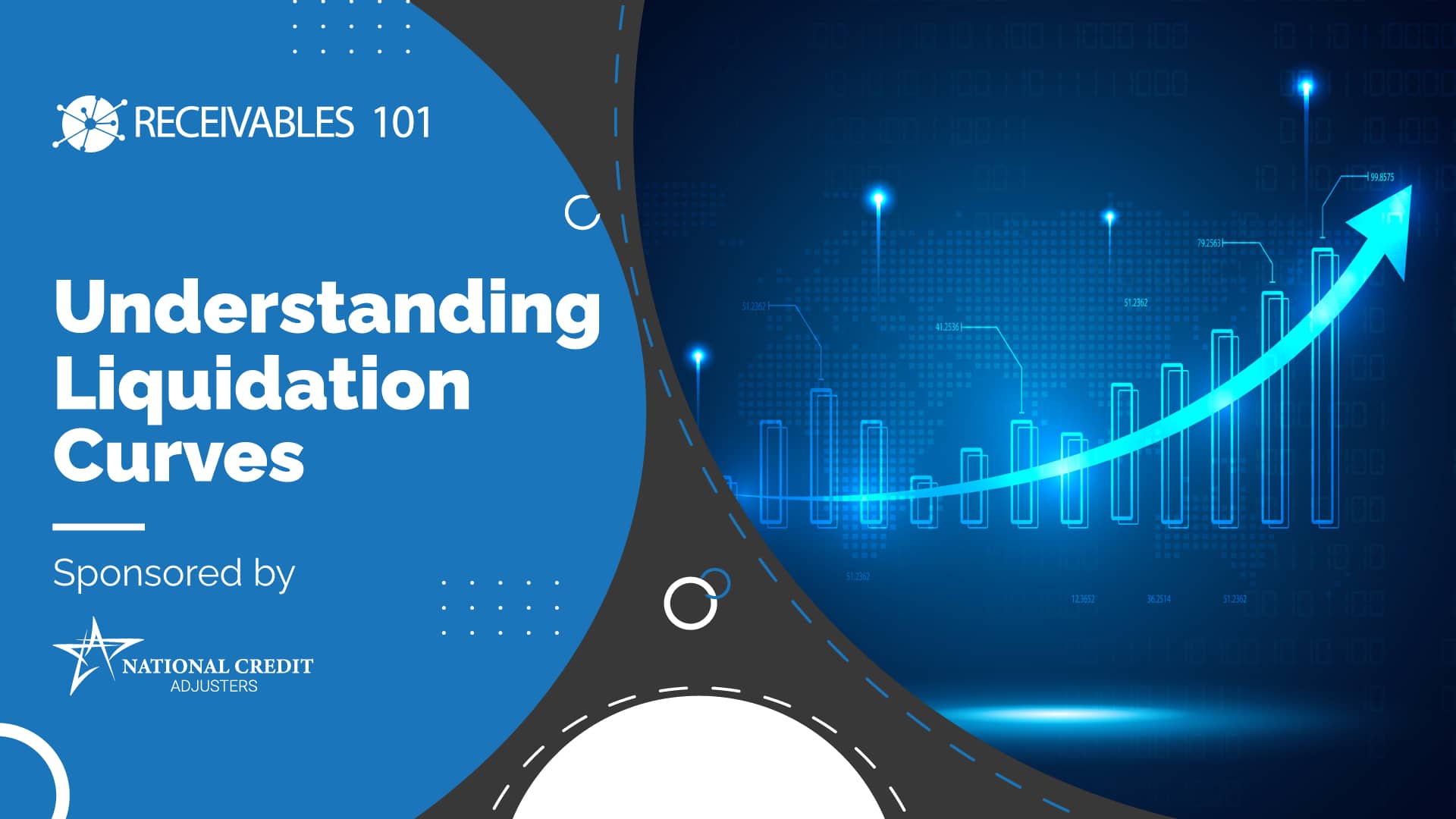Receivables 101
Receivables 101
Your Easy Guide to the Receivables Industry
Explore essential topics, trends, and regulations that shape the receivables industry.
Explore essential topics, trends, and regulations that shape the receivables industry.
Latest Article
What is the ACA State Guide?
The ACA State Guide is a subscription-based compliance tool developed by
Most Recent Articles
Explore the latest articles of Receivables 101 providing education about the receivables management
industry and related financial topics.
What is the ACA State Guide?
The ACA State Guide is a subscription-based compliance tool developed by
Ever found yourself curious about who’s contacting you regarding a debt you owe? The reality may be more
One of the most important things to understand about the accounts receivables management (ARM) industry is that not
About Receivables 101
Receivables 101 is a series for those looking for information about important topics within the Accounts Receivable Management (ARM) industry. This series covers timely and relevant topics and provides a springboard for those who want to learn more about the industry, regulations, and more.
All Episodes of
Receivables 101
What is the ACA State Guide?
The ACA State Guide is a subscription-based compliance tool developed by
Ever found yourself curious about who’s contacting you regarding a debt you owe? The reality may be more
One of the most important things to understand about the accounts receivables management (ARM) industry is that not
Digital Debt Collection represents the fundamental shift the collections industry has had to take over the last decade.
Understanding liquidation curves in account receivables can be like piecing together a complex puzzle—filled with ever-evolving patterns and
FAQs
The receivables industry involves several types of organizations and professionals, each playing a unique role in the process of managing and collecting debt. Key players include:
-
Original Creditors: Businesses or institutions that initially extend credit to consumers—such as banks, lenders, healthcare providers, or utility companies.
-
Debt Buyers: Companies that purchase portfolios of charged-off or delinquent accounts from original creditors, often at a discounted rate. They then assume responsibility for collecting the debt.
-
Third-Party Collection Agencies: These agencies are hired by creditors or debt buyers to recover outstanding debts on their behalf, often on a contingency basis.
-
Servicers: Organizations that manage the day-to-day handling of accounts—processing payments, customer service, and compliance—even if they don’t own the debt.
-
Law Firms (Creditors’ Rights Attorneys): Some firms specialize in debt collection through legal channels and may pursue judgments or wage garnishments when necessary.
-
Credit Bureaus: Agencies that track and report consumer credit behavior, including payment histories and collection activity, which can affect credit scores.
-
Technology & Compliance Providers: Companies that supply software, analytics, data security, and compliance solutions to help other industry players operate efficiently and within legal boundaries.
Each of these stakeholders contributes to the overall health, transparency, and regulation of the accounts receivable ecosystem.
The lifecycle of a debt describes the journey an account takes from the time it is created to when it is fully resolved—either through payment, settlement, or other means. Here’s a general overview:
- Account Origination: A consumer takes out a loan, credit card, or service agreement and agrees to make payments.
- Servicing: The creditor manages the account, sending statements and collecting payments.
- Delinquency: If payments are missed, the account becomes delinquent—typically after 30, 60, or 90 days.
- Charge-Off: After prolonged non-payment (usually 120–180 days), the account may be written off as a loss by the original creditor. This doesn’t erase the debt; it simply moves to the next phase.
- Collection: The debt is either:
- Collected in-house by the original creditor,
- Assigned to a third-party collection agency,
- Or sold to a debt buyer who now owns the debt and works to recover it.
- Resolution: The consumer may resolve the account through full payment, a settlement, or a payment plan. Once resolved, the account is marked accordingly and reported to credit bureaus.
Understanding this lifecycle can help consumers navigate communications from different companies and better manage their financial obligations.
ARM stands for Accounts Receivable Management. It refers to the full lifecycle of managing outstanding customer invoices—from billing and collections to debt resolution. The ARM industry includes original creditors, third-party collection agencies, debt buyers, and technology providers who work together to ensure payments are collected efficiently and ethically. ARM professionals play a vital role in maintaining financial health for businesses and ensuring fair consumer experiences.
Receivables Info offers educational content, news, and insights for both industry professionals and consumers. The Receivables 101 section is a great place to start learning about terminology, key processes, and emerging trends.










